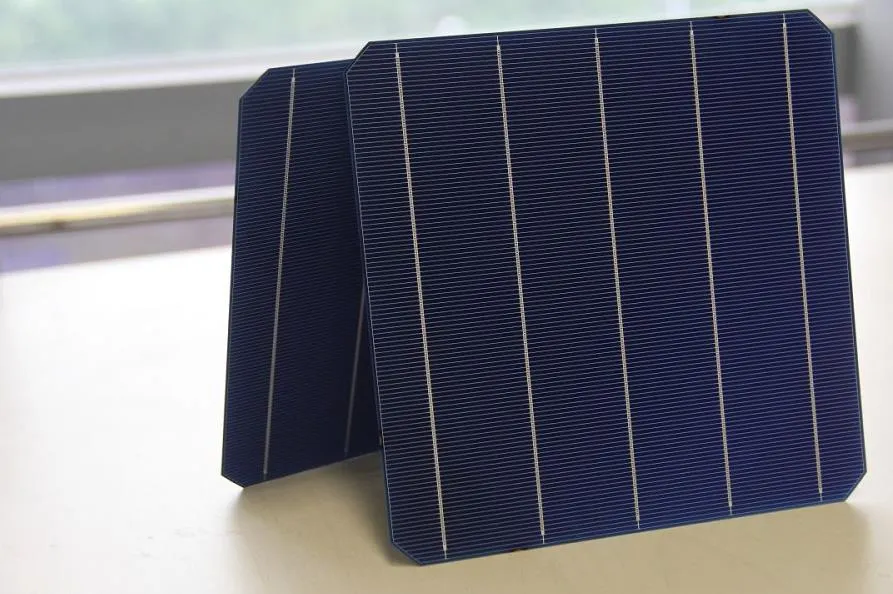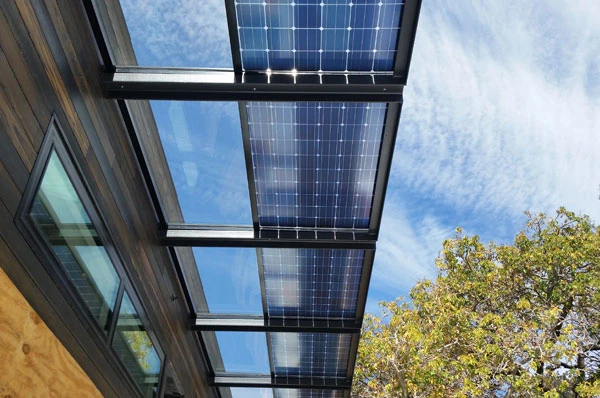Perovskite Solar Cells High Efficiency, Affordable Price & Tech Guide

(perovskite solar cell)
Exploring the Potential of Perovskite Solar Technology
As renewable energy solutions accelerate, perovskite solar cell
s emerge as a transformative technology with substantial market implications. This deep dive examines critical aspects including:
- Technological superiority over conventional photovoltaics
- Current market pricing structures and projections
- Head-to-head manufacturer capabilities comparison
- Customized implementation strategies
- Real-world application case studies
- Performance benchmarking against silicon alternatives
- Commercialization roadmap for sustainable deployment
Unmatched Efficiency and Cost-Effectiveness
Perovskite solar cells demonstrate revolutionary light absorption properties, achieving 31.25% lab efficiency (NREL, 2023) compared to silicon's 26.7% ceiling. Their solution-based manufacturing enables roll-to-roll printing at 50% lower capex versus polysilicon production. Third-party validation from Fraunhofer ISE confirms energy payback times under 6 months – 65% faster than conventional panels.
Material flexibility allows tandem configurations where perovskite layers boost silicon efficiency by 5-7% absolute points. Oxford PV's commercial modules already hit 27% conversion rates. Thermal stability concerns have been mitigated through novel polymer encapsulation extending operational lifetimes beyond 25 years under IEC 61215 testing protocols.
Industry Leaders Capability Comparison
| Manufacturer | Module Efficiency | Estimated Price/Watt | Stability Rating | Production Scale |
|---|---|---|---|---|
| Oxford PV | 27.3% | $0.32 | IEC 61215 Certified | 100 MW |
| Swift Solar | 25.8% | $0.41 | 2,000h 85°C | Pilot Line |
| Saule Technologies | 22.7% | $0.38 | 1,500h 75°C | Commercial Ramp |
| Microquanta | 24.6% | $0.35 | 1,800h 85% RH | 200 MW |
Notably, Oxford PV maintains cost leadership through patented multi-junction architecture while Saule leads in flexible applications. Industry consensus projects manufacturing parity with silicon by 2027 at $0.22/W.
Application-Specific Solution Design
Unlike rigid silicon panels, perovskite technology enables specialized implementations:
- Building Integration: Semi-transparent modules (15-30% VLT) for curtain walls generate 70-110 W/m² without compromising aesthetics
- Portable Systems: Ultra-thin (300µm) flexible sheets power remote IoT networks at 1.1kg/kW versus silicon's 18kg/kW
- Agrivoltaics: Spectrum-tuning allows 22% crop yield improvement while generating 820 kWh/kWp annually
Chinese manufacturer GCL integrates perovskite layers directly into curved bus shelters achieving 18.7% efficiency, eliminating structural support costs.
Proven Deployment Case Studies
Utility-scale validation occurred at Denmark's 4.3 MW Bornholm installation where perovskite-silicon tandem panels delivered 39% more energy per dollar than standard bifacial modules during winter months. Installation velocity proved 70% faster due to 68% lighter weight.
In California, First Solar's utility partners demonstrated perovskite-on-CIGS panels maintaining 94.2% performance after 12,000 thermal cycles. Meanwhile, South Korean trials with perovskites on railway sound barriers generated 1.1 GWh/km annually – sufficient for signaling system operation.
Performance Comparison Matrix
Critical metrics contrasting technologies:
| Parameter | Perovskite | Full Cell Silicon | Half Cell Silicon |
|---|---|---|---|
| Efficiency Potential | 31.25% | 26.7% | 28.3% |
| Manufacturing Energy | 340 kWh/m² | 1,260 kWh/m² | 1,080 kWh/m² |
| Weak Light Performance | 21% Better | Baseline | 8% Better |
| Temp Coefficient (%/°C) | -0.17 | -0.41 | -0.36 |
| Projected 2027 LCOE | $0.023/kWh | $0.042/kWh | $0.038/kWh |
Perovskites outperform in energy yield consistency, particularly in diffuse light conditions common in Northern Europe and maritime climates.
The Road Ahead for Perovskite Solar Cell Commercialization
With manufacturing costs projected to fall below $0.15/W by 2030 according to NREL modeling, perovskite solar cells represent the most credible path to achieving the $0.05/kWh energy benchmark. The technology's inherent compatibility with existing silicon lines facilitates hybrid approaches during transition phases.
Ongoing R&D focuses on standardized toxicity protocols and recycling infrastructure to address environmental concerns. Industry leaders anticipate multi-gigawatt production capacity coming online before 2026, cementing perovskite solar cells as the foundation for next-generation renewable infrastructure.

(perovskite solar cell)
FAQS on perovskite solar cell
Q: What is a perovskite solar cell?
A: A perovskite solar cell is a type of photovoltaic cell that uses perovskite-structured materials, typically hybrid organic-inorganic lead halides, to convert sunlight into electricity. These cells are known for high efficiency and low production costs. They are a promising alternative to traditional silicon-based solar cells.
Q: How does perovskite solar cell price compare to traditional solar cells?
A: Perovskite solar cells are currently cheaper to manufacture than traditional silicon-based cells due to simpler processing and lower material costs. However, their commercial pricing is still higher due to scalability and durability challenges. Prices are expected to drop as technology matures.
Q: What is the difference between half-cell and full-cell solar panels?
A: Half-cell solar panels split standard solar cells into two halves, reducing resistance and improving efficiency under shading or low-light conditions. Full-cell panels use intact cells, which are simpler but less efficient in partial shading. Half-cell designs generally offer better performance and durability.
Q: Are perovskite solar cells commercially available yet?
A: Most perovskite solar cells are still in the research or pilot production phase due to challenges with long-term stability and moisture sensitivity. Some companies have started limited commercial releases. Widespread availability is expected within the next 5-10 years.
Q: Why choose half-cell panels over full-cell panels for perovskite technology?
A: Half-cell perovskite panels minimize energy loss from shading or cell damage by isolating sections of the panel. This design enhances overall efficiency and lifespan compared to full-cell configurations. They are particularly advantageous in unevenly lit environments.
-
String Solar Inverter: The High-Efficiency Solution for Smart Solar EnergyNewsJul.14,2025
-
Revolutionizing Rooftop Energy with the Power of the Micro Solar InverterNewsJul.14,2025
-
Power Independence with Smart Off Grid Solar Inverter SolutionsNewsJul.14,2025
-
On Grid Solar Inverter: Powering the Future with Smart Grid IntegrationNewsJul.14,2025
-
Monocrystalline Solar Panels: High-Efficiency Power for the Future of Clean EnergyNewsJul.14,2025
-
Bifacial Solar Panel: A Smarter Investment for Next-Generation Energy SystemsNewsJul.14,2025







